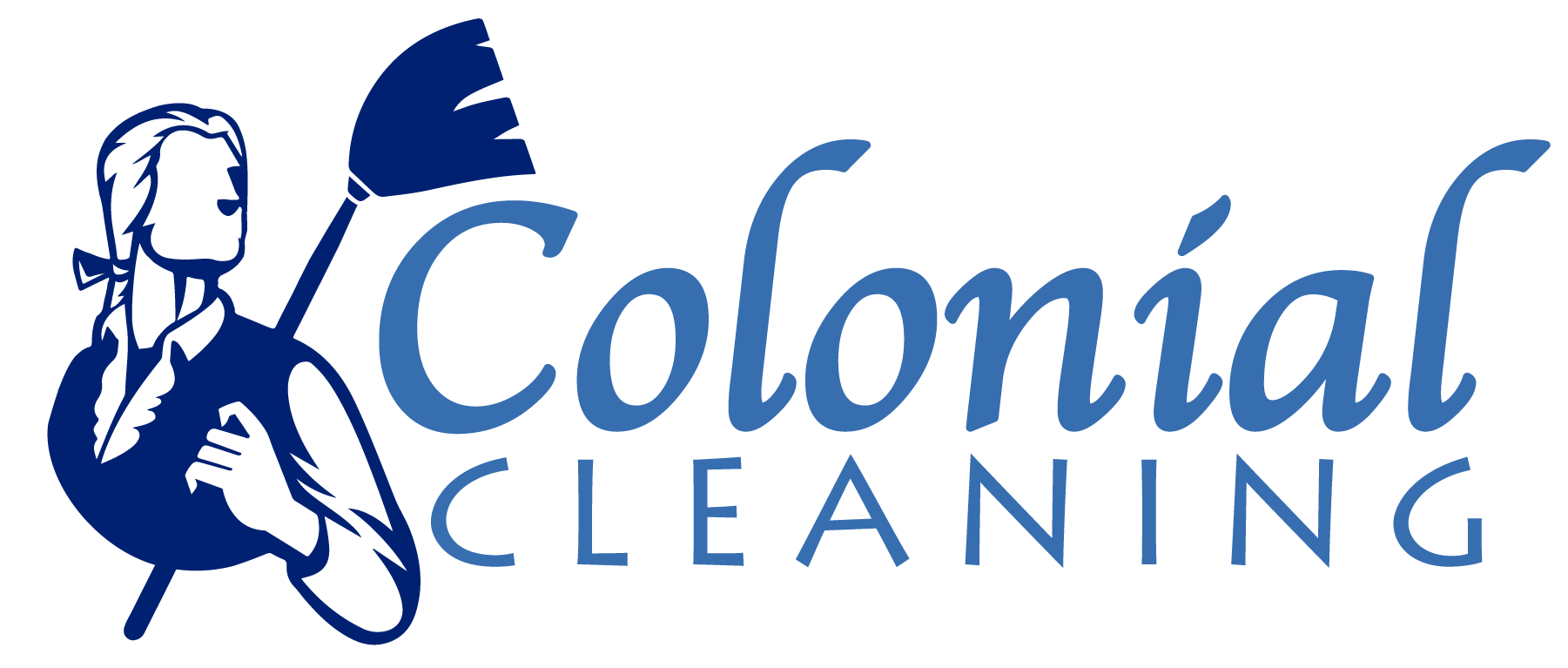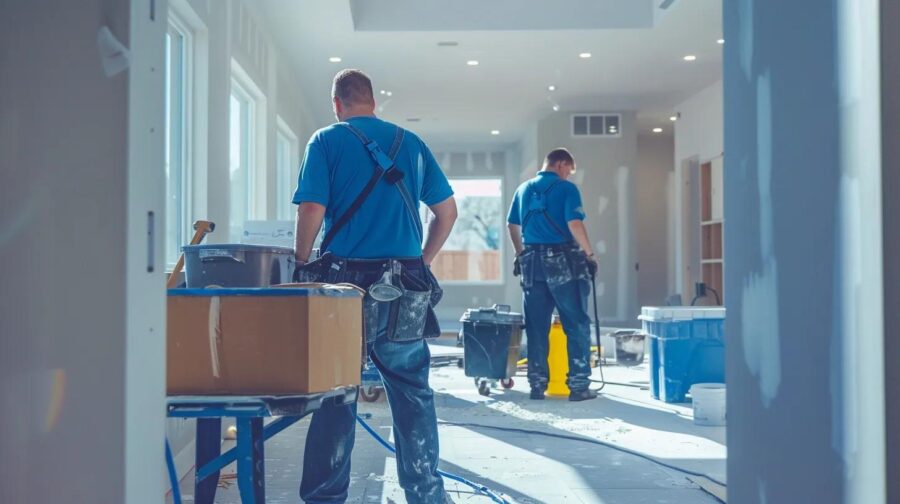An effective post construction deep cleaning transforms a newly built or renovated property into a livable space free from construction debris, dust, and contaminants. Construction projects often leave behind sawdust, adhesives, excess grout, and other residues that can detract from a property’s appearance, reduce air quality, and pose health hazards. This article provides commercial property managers and businesses in the Denver, Colorado area a comprehensive guide on what to expect from post construction deep cleaning services. It outlines the cleaning tasks, benefits of professional cleaners, and key factors to consider when choosing a service provider like Colonial Cleaning LLC, which brings over 15 years of experience, advanced cleaning techniques, and an eco-friendly approach to each project.
What Is Included in Post Construction Deep Cleaning?
Professional post construction deep cleaning is a systematic process that removes construction debris, dust, and residues from every surface. The cleaning targets areas often missed during a standard clean, ensuring elimination of allergens, mold spores, and chemical residues. Contractors use specialized equipment and cleaning agents to restore surfaces, remove hazardous materials, and improve indoor air quality.
Which Cleaning Tasks Are Essential After Construction?
Every service begins with key tasks such as: – Dusting high and low surfaces. – Removing adhesive residues. – Cleaninggrout. – Eliminating concrete splatters.
Contractors use HEPA-filtered vacuums and microfiber cloths to capture even the smallest particles. Windows, fixtures, and ceilings are thoroughly cleaned to rid smudges and construction debris. Frequently touched surfaces are sanitized, and even hard-to-reach corners receive special attention.
How Is Dust and Debris Removed Effectively?
Effective dust and debris removal is crucial to prevent respiratory issues. Professional cleaners use powerful vacuums, dusters, and compressed air to dislodge particles. The process typically involves: 1. An initial dry cleaning to lift loose dust. 2. A subsequent wet cleaning using damp microfiber cloths and HEPA vacuums to capture remaining particles.
This multi-step approach ensures that dust does not resettle and that the indoor environment meets strict air quality standards.
What Does Window and Glass Cleaning Involve After Construction?
Cleaning windows and glass requires special care due to accumulated construction residue: – Large debris is removed with specialized tools. – Glass cleaners and squeegees are applied for a streak-free finish. – The cleaning solution is chosen to break down adhesive residues. – Reverse-osmosis water filtration may be used to avoid mineral deposits.
This process enhances natural light and overall property ambiance.
How Are Floors Cleaned and Polished Post-Construction?
Floorcleaning involves several stages depending on the material: – Hard floors (tile, hardwood, concrete) are scrubbed with industrial equipment, microfiber mops, and appropriate detergents. – Polishing and sealing may follow to restore luster and protect against future stains. – Carpeted floors undergo deep extraction to remove embedded dust, adhesives, and allergens.
These steps ensure the longevity and integrity of the flooring.
What Surface Sanitization and Fixture Cleaning Are Performed?
Sanitization is key to eliminating hazardous residues: – Surfaces such as countertops, cabinets, light fixtures, and HVAC vents are disinfected. – Cleaning teams use EPA-approved disinfectants and non-abrasive solutions. – Fixtures are inspected for construction marks and cleaned to preserve their finish.
This thorough sanitization improves indoor air quality and overall hygiene.
What Are the Benefits of Post Construction Deep Cleaning?
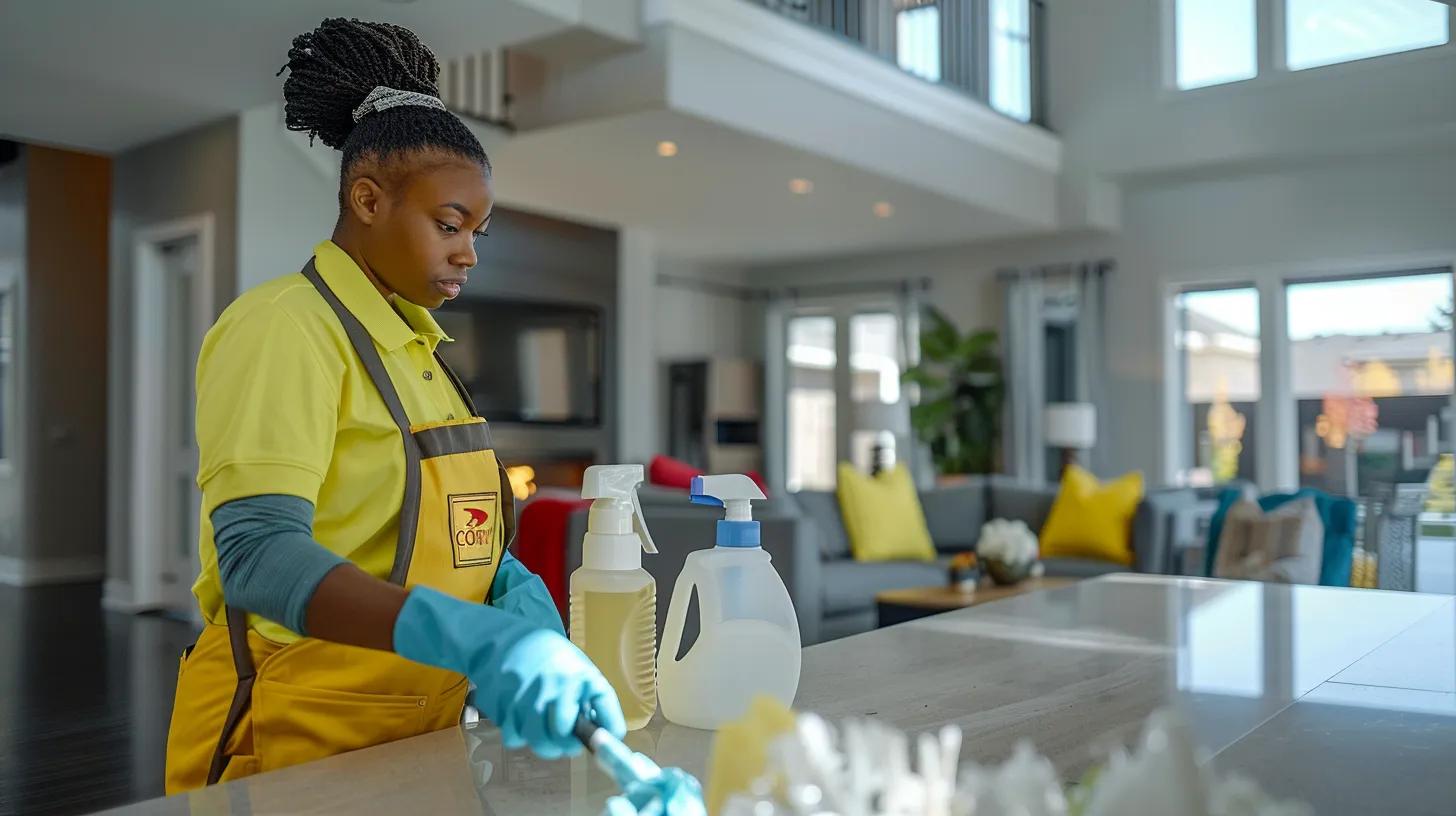
Professional deep cleaning offers numerous benefits: – Improved health and safety for occupants. – Enhanced aesthetic appeal, which supports a professional image. – A smoother transition from construction to occupation for commercial properties.
For Denver businesses, deep cleaning enhances operational efficiency and customer satisfaction.
How Does Cleaning Improve Air Quality and Health?
By removing allergens, mold spores, and toxic residues, deep cleaning: – Reduces respiratory problems and allergies. – Creates a comfortable work environment that supports employee productivity. – Lowers the risk of asthma attacks and other respiratory symptoms.
What Safety Advantages Does Professional Cleaning Provide?
Professional cleaning minimizes hazards by: – Removing debris that can cause slips, falls, or injuries. – Eliminating sharp fragments and adhesive splatters. – Ensuring cleaning staff use proper personal protective equipment (PPE).
A safe, regulation-compliant environment benefits property inspections and insurance.
How Does Deep Cleaning Enhance Property Appearance?
A spotless space signals quality and care. Deep cleaning: – Removes unsightly dust and residues. – Enhances window clarity, polished floors, and sanitized surfaces. – Improves visual appeal, which attracts tenants and customers and may increase market value.
Why Does Post-Construction Cleaning Speed Up Move-In?
Professional deep cleaning rapidly transitions a property from construction site to move-in ready by: – Achieving cleanliness levels beyond standard methods. – Minimizing downtime so occupants can promptly begin operations. – Offering an efficient solution for commercial clients with tight schedules.
How Does the Post Construction Deep Cleaning Process Work?
The deep cleaning process follows a structured method to ensure no area is overlooked, contributing to both the health and beauty of the property.
What Happens During the Pre-Cleaning Inspection?
Before cleaning begins, a pre-cleaning inspection is conducted: – Cleaning crews assess surfaces and document debris levels. – They determine the specific cleaning methods and safety protocols required. – A checklist is created to ensure every area, including challenging spots, is addressed.
How Is Dust Removal Executed Step-by-Step?
The systematic dust removal process includes: – A dry cleaning phase with high-powered, HEPA-filtered vacuums. – A follow-up damp dusting using microfiber cloths soaked in eco-friendly cleaning agents. – Use of extendable dusters for ceilings, vents, and hard-to-reach areas.
This method ensures complete removal of construction dust.
What Are the Best Practices for Window and FloorCleaning?
For optimal results: – Larger debris is first removed from windows using soft brushes. – Glass cleaners and squeegees ensure a streak-free finish. – Floors are initially cleaned with vacuums and dust mops, then scrubbed with detergents. – For polished surfaces, a polishing machine may be used post-scrub.
These practices restore shine and protect surfaces against future damage.
How Is Surface Sanitization and Final Inspection Conducted?
After cleaning: – Disinfectants are applied to all frequently touched surfaces. – A final inspection is performed using a detailed checklist. – A quality control manager reviews all areas—countertops, fixtures, cabinets, and hidden spots—to confirm that no residues remain.
This final walkthrough certifies the property as clean and safe for move-in.
How to Choose the Right Post Construction Deep Cleaning Service?
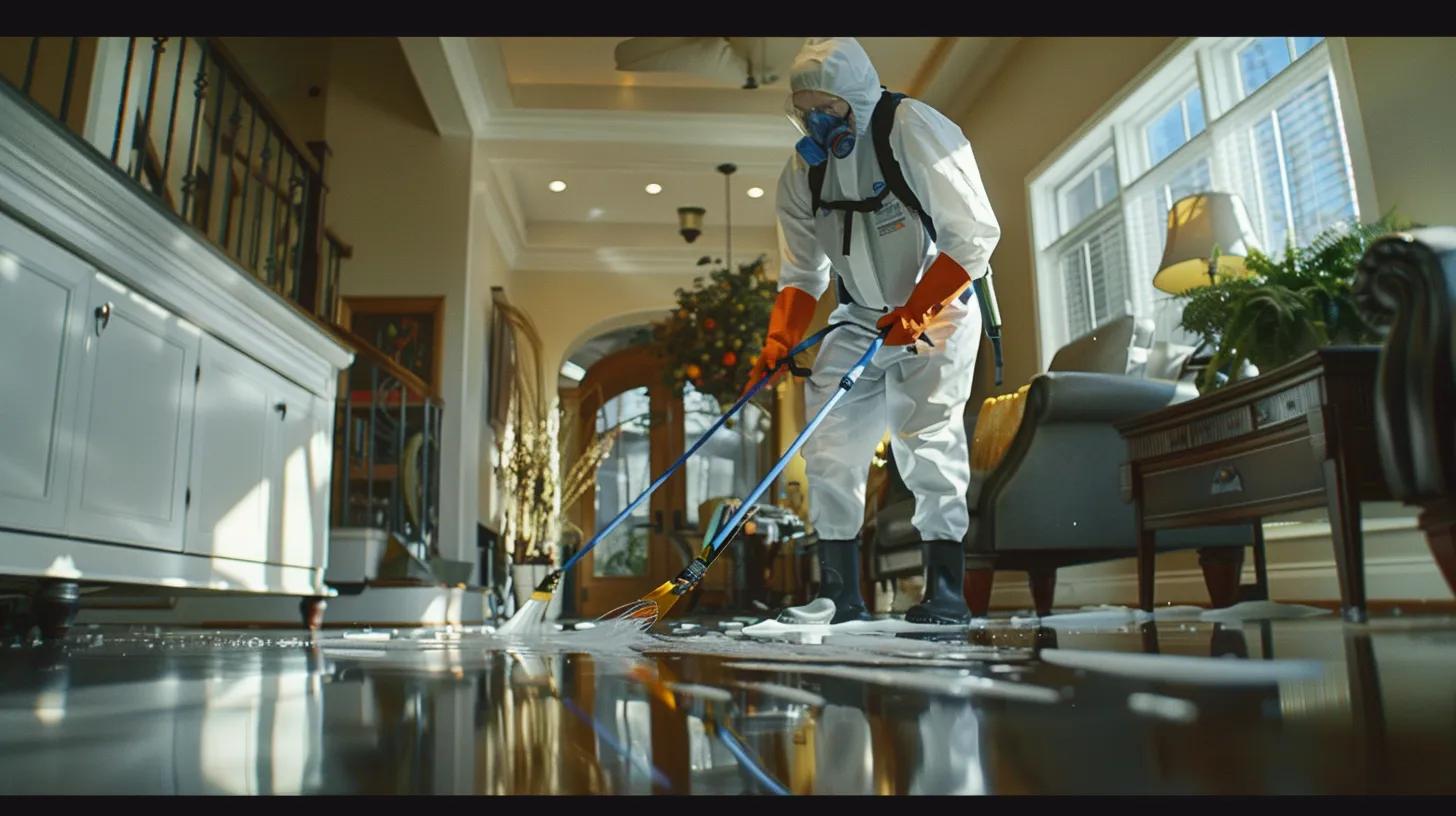
When choosing a cleaning service, property managers must consider several factors: – Proven expertise and a strong track record. – Use of eco-friendly and effective cleaning products. – Transparent pricing and comprehensive quotes. – Proper insurance, licensing, and positive customer reviews.
Selecting a reputable provider like Colonial Cleaning LLC ensures quality results and minimizes risks.
Why Is Experience and Expertise Important?
Experience is key because: – Each project presents unique challenges. – Expert providers know the best cleaning agents for various surfaces. – They can manage unexpected contaminants and work efficiently under tight deadlines.
What Role Do Insurance and Licensing Play?
Insurance and licensing are essential because they: – Offer protection against accidental damage or injury. – Confirm the provider’s adherence to regulatory and safety standards. – Enhance accountability and professionalism in commercial contracts.
How Do Cleaning Products and Equipment Affect Results?
High-quality products and equipment ensure effective cleaning by: – Removing construction residues while preserving surfaces. – Using eco-friendly agents that reduce harmful chemicals. – Employing advanced tools, such as industrial scrubbers and HEPA vacuums, for superior results.
What Should You Expect in Pricing and Quotes?
Pricing depends on: – Property size and cleanliness levels. – The range of services required, including specialty tasks. – Transparent quotes that clearly outline labor, materials, and any additional fees. – Comparing multiple quotes helps ensure the best value.
How Can References and Reviews Guide Your Choice?
Customer testimonials and case studies offer insight into a provider’s: – Quality of work. – Ability to handle complex projects. – Consistency and commitment to quality service.
What Is the Cost of Post Construction Deep Cleaning?
The cost of deep cleaning varies by property size, residue intensity, and specific service needs. For commercial managers in Denver, understanding these cost factors is crucial when comparing professional services with DIY options.
Which Factors Affect Post-Construction Cleaning Prices?
Key factors include: – Square footage and intensity of construction residue. – Types of surfaces requiring cleaning. – Additional services like advanced sanitization or polishing. – Complexity of the project, including accessibility and multi-story challenges. – The cost of premium, eco-friendly cleaning products and equipment.
How Does Property Size and Condition Influence Cost?
Larger or heavily soiled properties require more labor and materials, increasing the cost. Tiered pricing based on square footage is common, with add-ons for extra-soiled areas ensuring fairness and transparency.
What Is the Cost Difference Between DIY and Professional Cleaning?
While DIY cleaning may seem economical initially, it often: – Lacks the thoroughness needed to remove stubborn residues. – May lead to additional cleaning or long-term maintenance issues. – Requires expensive equipment and products that professionals already own. – Professional cleaning minimizes downtime and health risks more effectively.
How Can You Get an Accurate Cleaning Quote?
An accurate quote is best obtained by: – Scheduling an on-site assessment. – Allowing professionals to evaluate the property’s condition. – Requesting detailed, transparent quotes that break down all costs.
How Is Post Construction Deep Cleaning Different for Residential vs. Commercial Properties?
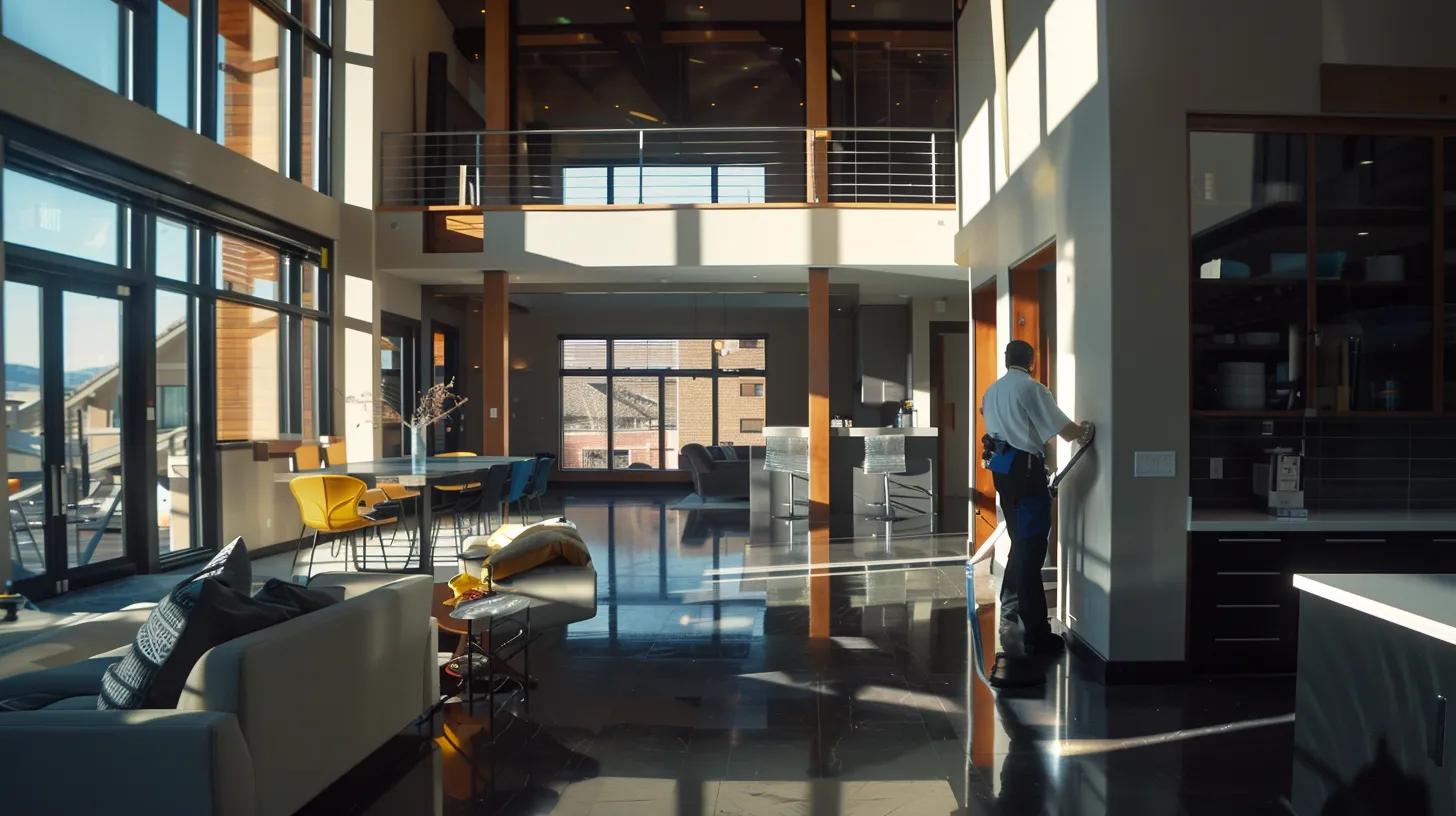
Cleaning requirements differ between residential and commercial properties due to scale and usage.
What Are the Unique Needs of Residential Post-Construction Cleaning?
Residential cleaning focuses on: – Protecting delicate furnishings and personal belongings. – Removing construction dust while preserving interior finishes. – Using eco-friendly products to safeguard family health. – Creating a safe, welcoming environment immediately after construction.
How Does Commercial Cleaning Differ After Construction?
Commercial cleaning is generally more robust and focuses on: – Large surface areas and high-traffic zones. – Thorough removal of industrial debris and extensive dust accumulation. – Minimizing disruption to business operations. – Maintaining a professional image crucial for brand reputation.
What Specialized Services Are Offered for Offices, Retail, and Warehouses?
Different commercial settings require: – Offices: Sanitization of workstations and common areas. – Retail: Emphasis on glass displays, polished floors, and pristine windows. – Warehouses: Industrial cleaning to remove heavy debris and maintain safe floors. These services are tailored to meet each space’s operational needs and safety standards.
What Eco-Friendly Cleaning Products Are Used in Post Construction Deep Cleaning?
Eco-friendly cleaning products are vital for modern post construction deep cleaning. They remove dirt and debris effectively while reducing harmful chemical exposure.
What Are the Benefits of Using Eco-Friendly Cleaning Products?
These products: – Reduce volatile organic compounds (VOCs) to enhance air quality. – Are biodegradable and less toxic, protecting both cleaning teams and building occupants. – Deliver excellent cleaning performance without harsh chemicals.
Which Eco-Friendly Products Are Most Effective for Construction Cleaning?
Effective options include: – Plant-based detergents. – Biodegradable degreasers. – Natural disinfectants derived from citrus extracts. – These products, used alongside microfiber cloths and HEPA vacuums, maximize cleaning efficiency while supporting sustainability goals.
How Are Eco-Friendly Certifications and Safety Standards Ensured?
Reputable providers maintain: – Certifications from organizations like Green Seal or the EPA. – Regular training for their teams. – Periodic audits of their cleaning procedures to ensure compliance with strict safety standards.
What Is a Post Construction Deep CleaningChecklist?
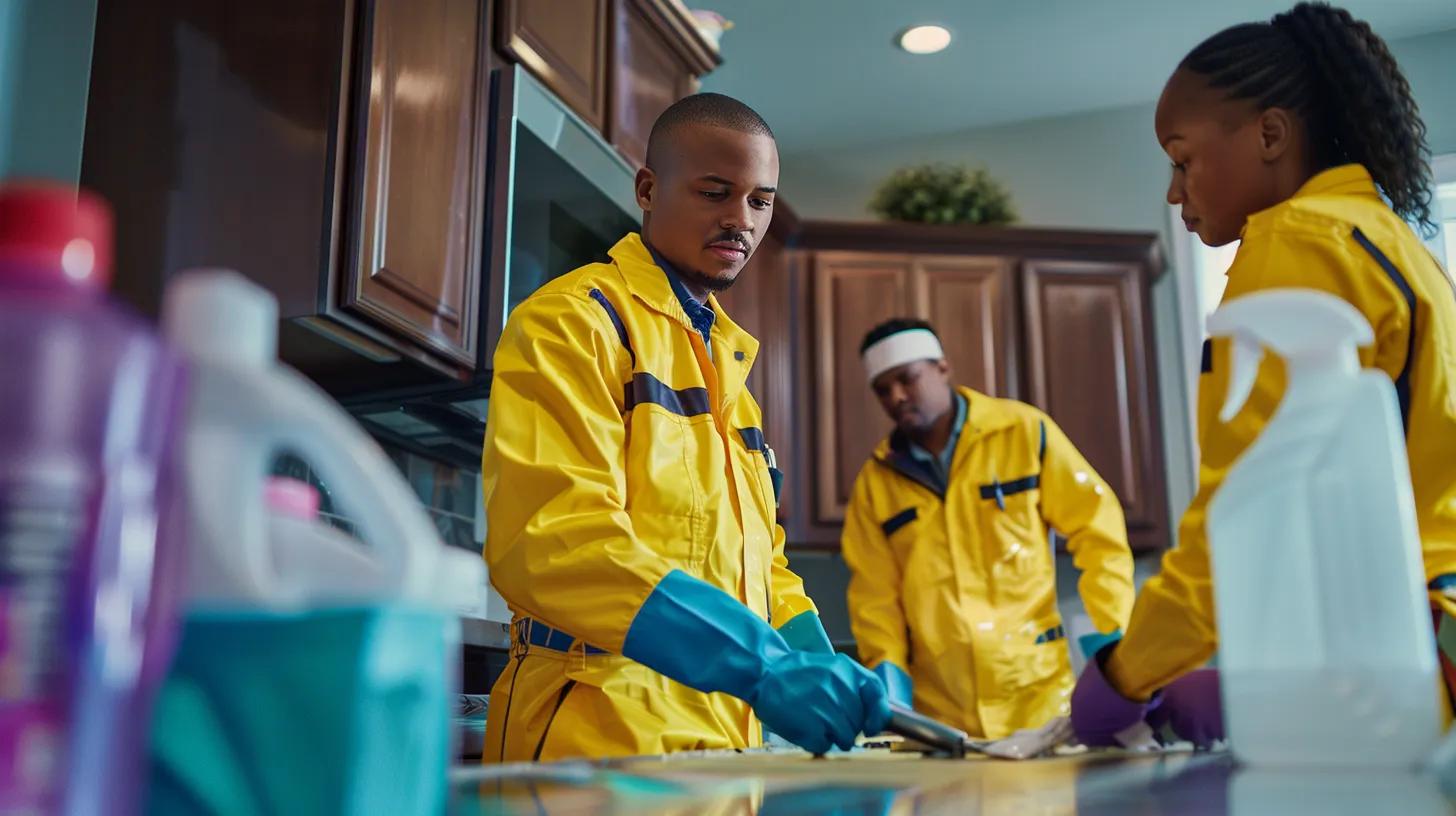
A thorough checklist is essential to guarantee that every cleaning task is completed systematically.
What Should Be Included in a Pre-CleaningChecklist?
The checklist should: – Begin with an inspection of windows, floors, air ducts, and hard-to-reach corners. – Identify areas with significant debris or hazardous materials. – Ensure resources, tools, and cleaning agents are allocated appropriately.
Which Tasks Are Critical During Cleaning?
Critical tasks include: – Complete removal of construction dust. – Deep cleaning of floors with specialized scrubbers. – Streak-free window and glass cleaning. – Sanitization of all surfaces, fixtures, and cabinets. Each task is verified against the checklist for consistency.
How to Conduct a Post-Cleaning Inspection Checklist?
The post-cleaning inspection involves: – Checking all areas such as countertops, floors, and hidden spots. – Verifying that no dust, stains, or residues remain. – Documenting the results with notes and photographs to certify quality.
Table: Post Construction Deep Cleaning Overview
Below is a summary table of key cleaning tasks, equipment used, benefits, and typical time allocations:
Frequently Asked Questions
Q: What makes post construction deep cleaningdifferent from regular cleaning? A: It involves specialized processes and industrial-grade equipment to remove construction debris, adhesives, and residues not typically encountered in regular cleaning.
Q: How long does a post construction deep cleaningtake for a commercial property? A: The duration depends on square footage and site complexity, generally taking several hours to a full day, with a detailed pre-inspection determining the timeline.
Q: Are eco-friendly cleaningproducts as effective as traditional cleaningagents? A: Yes, they provide excellent cleaning performance by breaking down stubborn residues while reducing harmful chemical exposure and improving indoor air quality.
Q: How do cleaningprofessionals ensure the post cleaningis thorough? A: They follow strict pre- and post-cleaning checklists and quality control protocols to ensure every area is cleaned, sanitized, and verified before sign-off.
Q: Can post construction deep cleaninghelp reduce allergyrisks? A: Absolutely. Removing dust, mold spores, and chemical residues significantly improves air quality and reduces allergens, which is crucial for sensitive individuals.
Q: What should I look for in a post construction deep cleaningservice provider? A: Look for experience, proper insurance and licensing, use of eco-friendly products, transparent pricing, and positive customer reviews.
Q: Is professional deep cleaningnecessary if I plan a minor finish-up myself? A: While minor tasks can be DIY, professional deep cleaning ensures complete removal of debris and contaminants, reducing long-term maintenance issues and saving time.
Final Thoughts
Professional post construction deep cleaning ensures every surface—from floors to windows—is meticulously cleaned, providing a healthy, move-in ready environment. This comprehensive cleaning process improves air quality and safety while enhancing property appearance and functionality. With expert teams using advanced equipment and eco-friendly products, properties in Denver, Colorado, can transition seamlessly from construction zones to fully operational spaces, ultimately increasing property value and occupant satisfaction.
